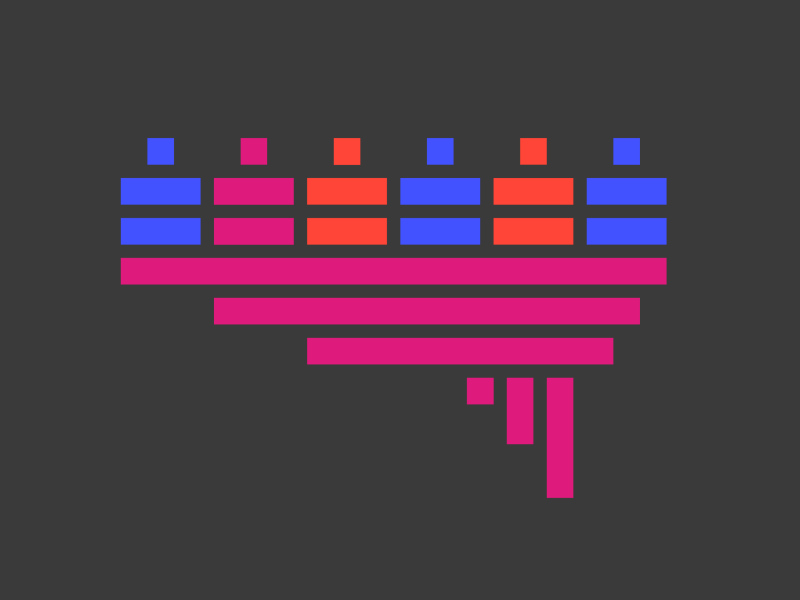Many students see chemistry as a mass of procedures and symbols. It can seem unemotional and impersonal. Chemistry’s specific skills and its need for logical thinking can also create hierarchies of attainment and barriers to student engagement and their sense of belonging.
Storytelling can bridge this gap. It offers students an active and discovery-based learning approach and educators an inclusive teaching tool and means of assessment. Not only that, but storytelling can also engage the whole student body, including the increasing neurodivergent cohort, in building their science, technology, engineering and mathematics (STEM) identities and developing scientific ways of thinking.
Integrating contextualised storytelling in general chemistry
As a chemistry laboratory instructor and coordinator in higher education for more than a decade, I aim to find ways to support students in becoming competent practitioners. The idea that authentic assessment – and story-telling-based assessment, in particular – can help students feel that they are an integral part of a classroom environment intrigues me. This is particularly important for first-year university students as they begin to feel belonging and develop their science identities. In search of a solution, I contacted Carl Sherwood of the University of Queensland. I learned how he implemented contextualised learning of economics via authentic reflection (CLEAR) in his economics course.
- Seven questions about storytelling in the classroom
- How storytelling boosts environmental impact and engagement
- Using the art of storytelling to help students build resilience when learning online
Storytelling uses everyday language to convey ideas and explain technical concepts. Building upon Sherwood’s framework, I integrated the structure into my introductory general chemistry course (chemistry learning via experiential academic reflection) with an adapted name. Later, we collaborated on a study to explore how students’ contextualised storytelling widens university participation, switching it from the discipline of economics to chemistry.
Value of storytelling to chemistry lab skills
The general chemistry course has used storytelling to assess how students achieve the curriculum expectations over the 2023-24 semesters. Each student is tasked to write four contextualised stories using the CLEAR format across a semester. Each CLEAR requires students to write 400 to 500 words using chemistry concepts from specific pairs of laboratory lessons. Students chose a context based on their lived experience to make sense of their learning.
The exercise can positively contribute to students’ learning and cultivate their chemistry identities. This is reflected in students’ attendance rates and course grades. Furthermore, I observed the class climate build a sense of team cohesion. Students organically and actively engage in storytelling because it mirrors real-world development experiences.
Based on students’ feedback, these are the benefits of CLEAR:
Students see the connection with and relevance of course concepts to their lives
Storytelling helps students connect course concepts learned in the classroom to aspects of their everyday lives, such as preparing food, participating in hobbies and observing others. Students actively position themselves as chemists to gain scientific knowledge.
Students recognise the importance of self-directed learning while writing their stories
According to Malcolm Knowles, self-directed learning is a process in which individuals diagnose their learning needs in order to generate ideas, formulating their learning goals, gathering information and organising their ideas through drafting, editing and proofreading. Storytelling can build students’ self-awareness around how they interact within and outside the classroom to shape their chemist identities.
Students are more motivated to discuss concepts they learned in class with family and friends
The personal and non-technical language used in storytelling supported students’ understanding of course concepts. Students developed a deeper understanding and this had a positive effect on the ideas; they were more willing to share their science perspective with family, friends and the broader community.
Strengths and shortcomings of the CLEAR approach
Storytelling, used as both a teaching tool and an assessment, helps students create a sense of inclusion while they reflect on and demonstrate their academic knowledge. Non-traditional writing exercises allow students to use and search for relevant information at any given time, with their progress based on their previous experiences, lessons or assignments. Further, students can communicate complex ideas in a simplified way and in different contexts.
The disadvantage of storytelling is that students might be relatively new to it as an instructional tool and assessment in higher education. This might influence some students in terms of how much they engage with the exercises, despite the potential learning benefits of storytelling.
Getting students started with storytelling
If instructors use storytelling in a class setting, here are some considerations:
- Students new to storytelling need help with how to demonstrate critical thinking in their creative writing. Instructors could, for example, facilitate a workshop at the beginning of the semester that introduces students to storytelling and explains the benefits of writing contextualised stories and how to translate technical terms into everyday language.
- Instructors need to provide feedback for students to improve their stories. This could guide students through the stages of writing and help them use the appropriate vocabulary to express and re-express themselves competently while creating their stories.
A sense of belonging is vital for university students because they must connect to disciplinary identities, attributes and characteristics within their learning communities. Storytelling assessment allows students to express their understanding of scientific concepts through creative work. My experience with CLEAR shows that storytelling helps students develop the necessary skills to feel comfortable in their new environments, including communication, collaboration and literacy skills. Thus, implementing storytelling provides an assessment task for learning that can widen participation, encourage students to strive for their best individually and enrich their learning experiences.
Karen Ho is a senior laboratory instructor in the department of chemistry and physics at Mount Royal University in Calgary, Canada.
If you’d like advice and insight from academics and university staff delivered direct to your inbox each week, sign up for the Campus newsletter.




comment